With first hand knowledge of customer use cases, requirements, and deployment scenarios, system integrators (SIs) are uniquely positioned to deliver RF solutions to end-users across a variety of industries. By combining the right hardware, software, and accessories from different vendors, SIs can build a solution that is designed around the customer’s specific needs.
When it comes to applications such as spectrum monitoring, interference hunting, mobile testing, or transmission test, the hardware platform chosen by the SI will determine the success of the project. That’s why SIs need to carefully identify the right spectrum analysis platform to build their solution around in terms of functionality and cost.
There are many different approaches they can take. For example, SIs can build their own equipment, purchase traditional, hardware-based lab spectrum analysis equipment, or purchase a software-defined spectrum analysis platform.
To compare these approaches, SIs need to evaluate the advantages and disadvantages as they relate to the project. It is assumed that the hardware specifications will remain consistent regardless of the approach selected. There are five main factors that SIs need to consider when making a decision.
1. Total Cost
In any project, cost is a huge factor when selecting a spectrum analysis platform to build a solution around. You want to be sure you identify all of the costs that go into a certain solution. This includes development cost, production cost, integration cost, and the actual cost per device. A lower total cost allows you to increase profitability or pass these savings onto your customers to win more projects. SIs should look for cost-effective equipment that makes it possible to achieve better ROI without sacrificing on frequency and bandwidth performance.
2. Time to Market
As the pace of deployment for new wireless standards steadily increases, end-users often need modern RF analysis solutions as soon as possible. As a result, the ability to get solutions to market quickly and respond to customer requirements and timelines is key when competing for projects. When comparing approaches, consider how long it will take to acquire, integrate, and deploy the spectrum analysis platform. A long lead time on equipment may force customers to look elsewhere if you can’t meet their immediate needs, meaning lost business now and possibly in the future as competitors build a relationship with the customer.
3. Domain Expertise
SIs are experts in understanding the customer’s application, use case, and deployment environments. In most cases, however, SIs are less experienced when it comes to RF engineering, new product development, and production. Developing a new product requires significant time, money, and staff, and SIs will either have to hire new employees or divert existing ones away from other projects. As a result, it is often best to focus on helping the customer while leaving the actual equipment up to the vendors who already have the expertise, technology, patents, and production environments unless you require a large volume of units or intend to incorporate the product into a standard offering.
4. Standardization
One of the downsides of many commercial-off-the-shelf analyzers is that they are standardized and offer end-users little in the way of customization. For some customers in niche or unusual use cases, they may need something specific that is simply not available from current vendors. This is one example where developing your own spectrum analysis platform may be the best approach. However, based on the factors mentioned above, such as total cost and domain expertise, it may still be best to work with an RF equipment provider who has experience building custom products so that they can handle the research, development, and production of the product and you can focus on delivering the larger solution.
5. Integration Effort
SIs are building RF solutions using hardware, software, and accessories from numerous third-party vendors. This includes equipment such as RF downconverters, antennas, antenna switches, or third-party software applications. Therefore, the integration effort required to make these components work together can add significant cost and time to a project and result in unanticipated delays in delivering the solution. Spectrum analyzers that take an open approach and are easily integrated with third-party components offer SIs several advantages over closed, proprietary, and vertically integrated systems.
Choosing the Right Platform for Your Next End-User Solution
Ultimately, the best approach will depend on the customer’s requirements and how the SI wants to build their solution. However, when evaluating approaches and platforms, SIs should be comparing total cost, time to market, domain expertise, standardization, and integration effort.
To see how each approach compares on these five factors and learn when SIs should choose one over the other, download our recent whitepaper, How to Achieve Better TCO With Software-Defined Spectrum Analysis Platforms.







